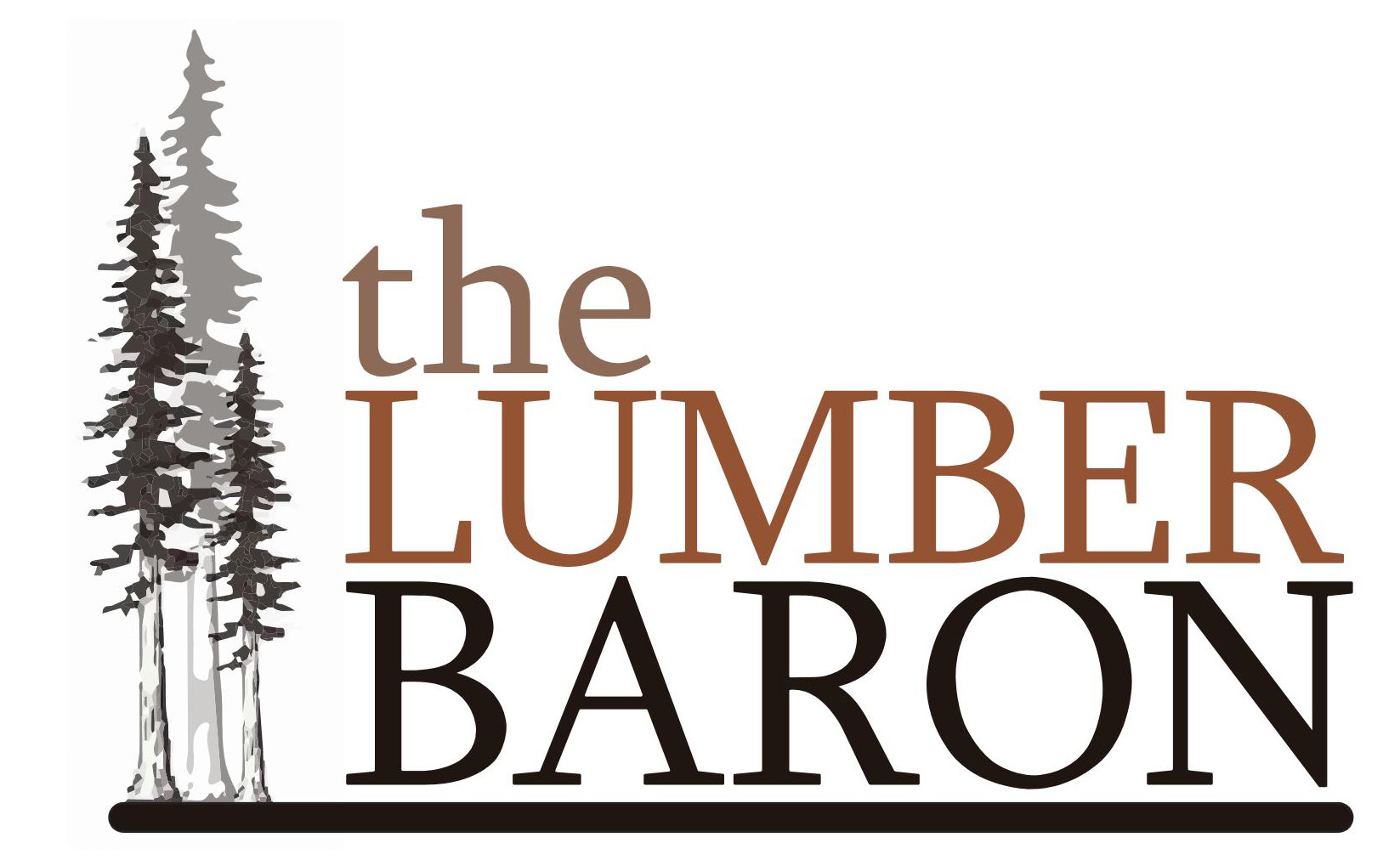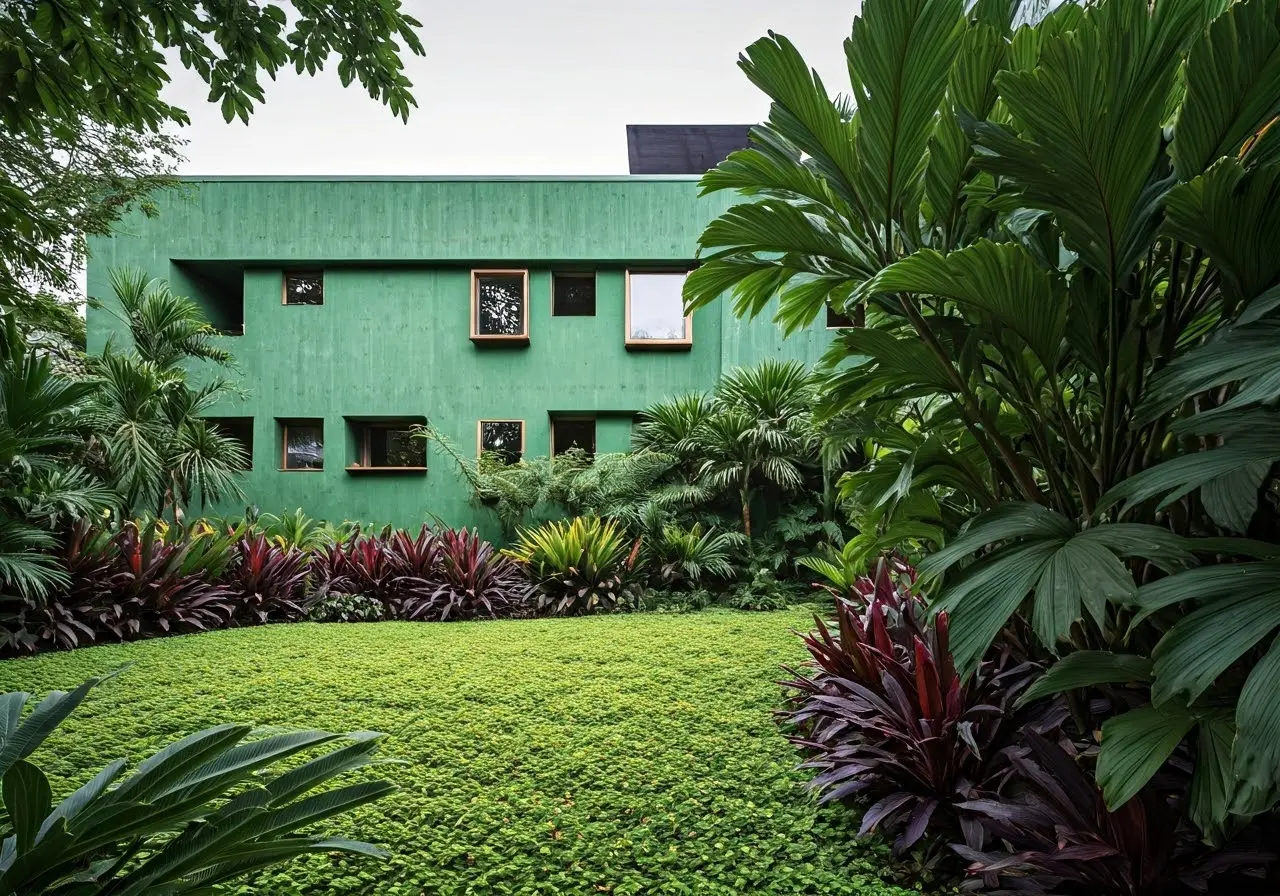In our quest to create a more sustainable future, building green stands out as a vital component. This approach not only helps reduce our carbon footprint but also prioritizes the well-being of occupants and the surrounding ecosystem. In this blog, we’ll explore the numerous environmental benefits of adopting green building practices.
Understanding Green Building
Green building refers to the practice of creating structures and using processes that are environmentally responsible and resource-efficient throughout a building’s life-cycle. From siting to design, construction, operation, maintenance, renovation, and deconstruction, the goal is to minimize the impact on the environment.
The principles of green building extend beyond the mere physical structure. They encompass a holistic view that considers environmental, economic, and social sustainability. This multi-faceted approach ensures that the buildings we create are not just green in appearance but fundamentally sustainable in their essence. By integrating energy efficiency, water conservation, and the use of recycled materials, we contribute significantly to the well-being of our planet.
Reducing the Carbon Footprint
Green buildings are designed to reduce carbon emissions through energy efficiency, the use of renewable energy sources, and sustainable construction materials. By opting for energy-efficient systems and renewable energy sources like solar panels, buildings can significantly cut down on their greenhouse gas emissions.
Implementing green roofs and walls is another effective strategy. These features not only provide insulation but also absorb carbon dioxide and other pollutants. Additionally, they promote biodiversity, offering a habitat for urban wildlife. By including such green features in building designs, we can further reduce the carbon footprint and enhance the overall environmental value.
The Impact of Embodied Carbon
Embodied carbon refers to the greenhouse gas emissions associated with the materials and construction processes throughout a building’s life cycle. By choosing low-emission materials and efficient construction methods, the embodied carbon can be significantly reduced, making the overall building more eco-friendly.
Furthermore, calculating and understanding a building’s embodied carbon helps us make more informed decisions during the design and construction phases. Tools and databases that measure embodied carbon allow builders and architects to select materials with the least environmental impact. This proactive approach is crucial in mitigating the long-term effects of climate change.
Another strategy to reduce embodied carbon is the use of modular and prefabricated construction. These methods minimize waste, require less energy, and streamline the building process, subsequently lowering the overall carbon footprint. Innovations in construction methodologies are pivotal in pushing the boundaries of what green building can achieve.
Using Reclaimed Lumber and Upcycled Materials
Utilizing reclaimed lumber and upcycled materials is an excellent way to reduce waste and conserve natural resources. These materials not only provide a unique aesthetic but also minimize the demand for virgin resources, thereby reducing deforestation and habitat destruction.
Reclaimed lumber gives a second life to old wood from barns, factories, and other sources. This wood has durability and character that new wood often lacks, making it a prized material for builders and designers. By incorporating local reclaimed wood, we not only preserve trees but also reduce the environmental impact associated with new lumber production. The Lumber Baron is proud to be a leading supplier of high quality reclaimed lumber. From Old Growth Redwood and Douglas Fir, to more exotic species like Kapur and Pine, we have a huge selection of reclaimed lumber to help with your green construction needs.
Upcycling goes beyond reuse; it transforms discarded materials into new, higher-quality products. This process not only diverts waste from landfills but also encourages innovation and creativity. For example, discarded glass can be upcycled into stunning countertops, and old metals can be repurposed into functional art pieces. Through upcycling, we can give materials a new purpose and contribute to a circular economy.
Improving Energy Efficiency
Energy-efficient buildings help to reduce overall energy consumption, which in turn lowers greenhouse gas emissions and operational costs. Incorporating energy-efficient windows, insulation, and appliances, as well as optimizing natural light, can make a substantial difference.
Smart building technologies further enhance energy efficiency. Automated systems that control lighting, heating, and cooling can drastically reduce energy use. Sensors and smart meters provide real-time data, enabling occupants to make informed decisions about their energy consumption. Leveraging these technologies helps create buildings that are not only green but smart.
Another aspect of improving energy efficiency is through passive design principles. This involves orienting buildings to maximize natural light and ventilation, using thermal mass to regulate indoor temperatures, and installing shading devices to reduce heat gain. Passive design reduces reliance on active heating and cooling systems, leading to substantial energy savings.
Water Conservation Techniques
Green buildings often include water conservation features such as low-flow fixtures, rainwater harvesting systems, and drought-resistant landscaping. These measures help conserve water resources and reduce the strain on local water supplies.
Greywater recycling is another effective water conservation technique. By treating and reusing water from showers, sinks, and laundries, buildings can significantly reduce their potable water consumption. This recycled water can be used for irrigation and toilet flushing, further alleviating the demand on freshwater resources.
Incorporating permeable pavements and green infrastructure also plays a role in water conservation. These solutions reduce runoff, enhance groundwater recharge, and mitigate the impact on natural waterways. By adopting such strategies, green buildings contribute to a more sustainable and resilient urban landscape.
Enhancing Indoor Environmental Quality
High indoor environmental quality (IEQ) improves occupant health and comfort. Green buildings focus on aspects like air quality, natural light, and thermal conditions to create healthier indoor spaces. This not only benefits occupants but also boosts productivity and well-being.
Effective ventilation systems are crucial to maintain high air quality. Green buildings often use advanced filtration systems and incorporate plants to naturally purify the air. Ensuring a steady flow of fresh air helps reduce indoor pollutants and allergens, leading to a healthier living or working environment.
Moreover, the integration of biophilic design principles can greatly enhance IEQ. This approach incorporates natural elements such as plants, water features, and natural materials within the built environment. Biophilic design not only improves air quality but also creates a calming, aesthetically pleasing space that fosters mental well-being and productivity.
Green Building Summary
In summary, the need for green building practices and products has arrived. Reducing our carbon foot print is vital for the future of our planet. In a day and age where Big Tech firms are often remodeling every 4-6 years, the need for timeless and forward thinking design using low to no carbon products has become a necessity. Conservation, embodied carbon, carbon foot prints, green house gas, alternative energy, reclaimed lumber, and product life cycles will all become key words brought up in the design and architecture of our sustainable future.







